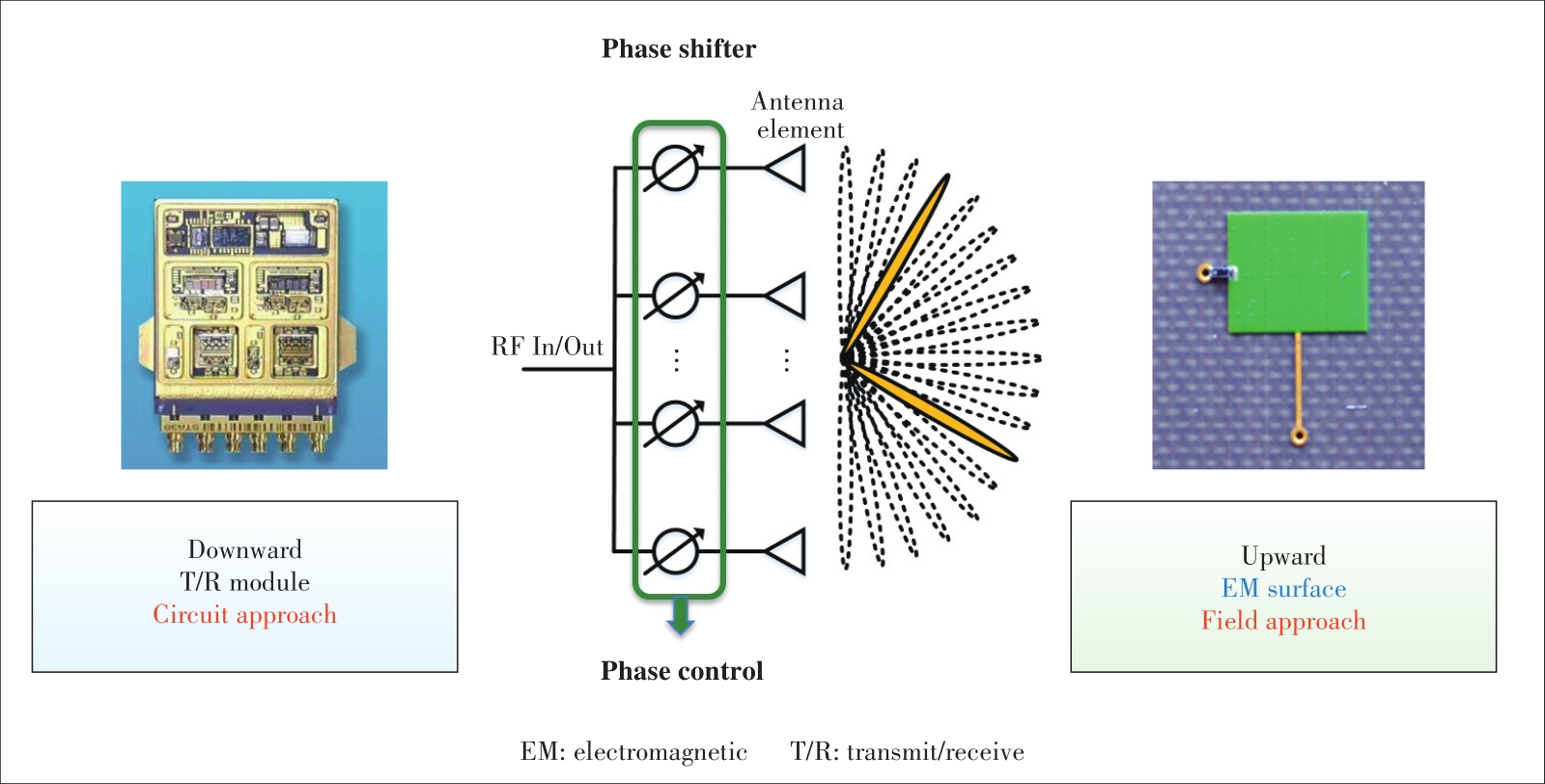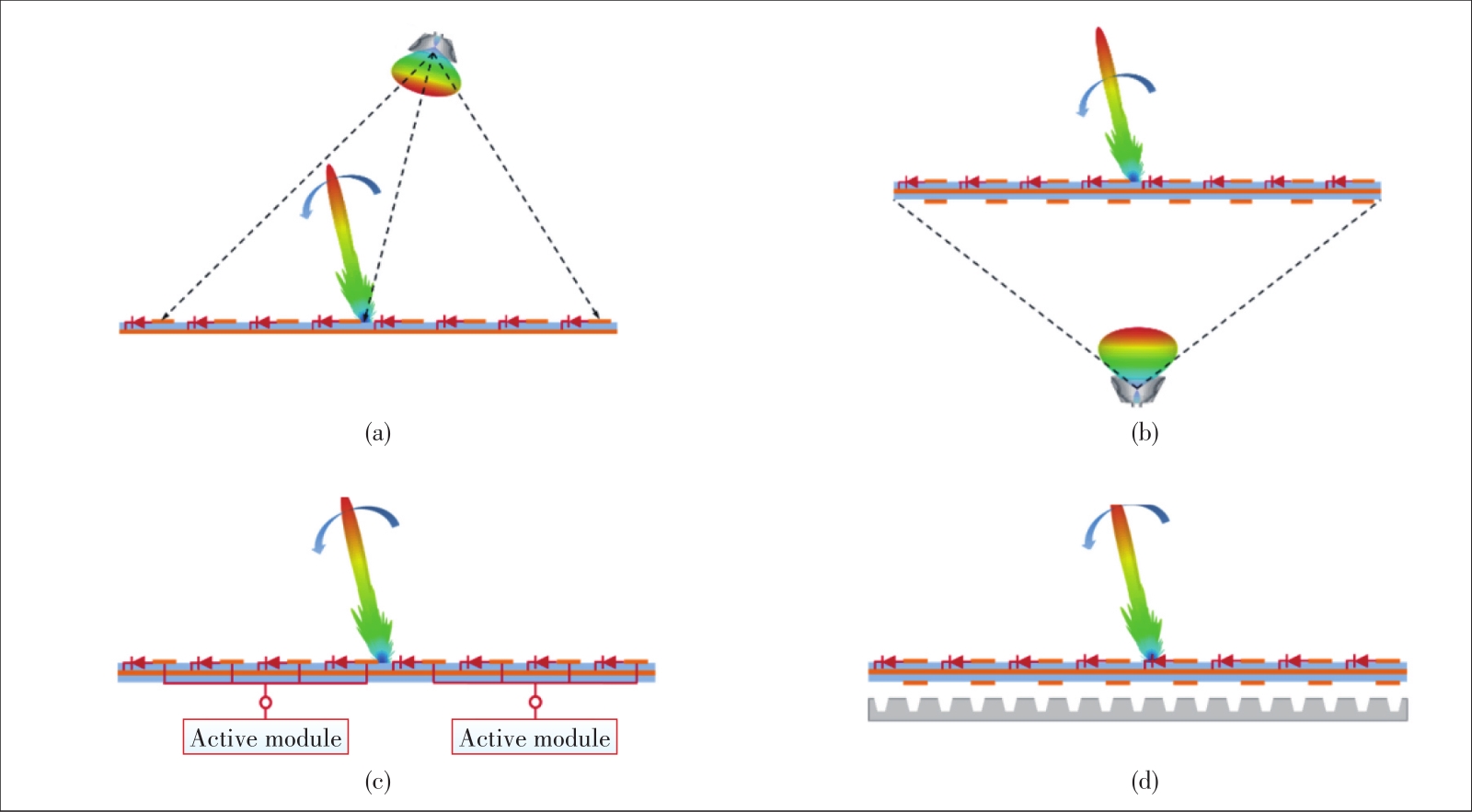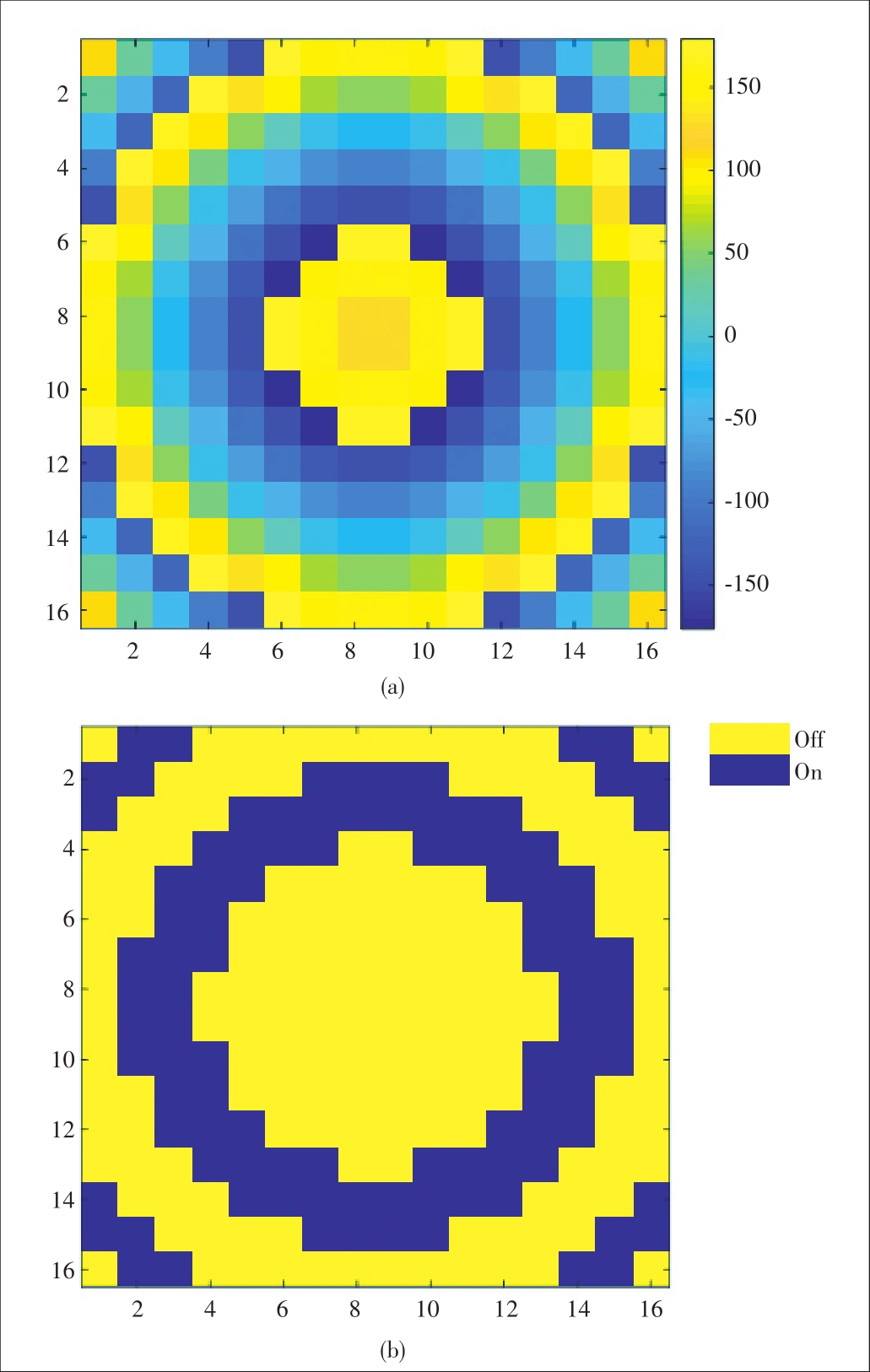ZTE Communications ›› 2020, Vol. 18 ›› Issue (3): 20-25.DOI: 10.12142/ZTECOM.202003004
• Special Topic • Previous Articles Next Articles
LI Yezhen1, REN Yongli1, YANG Fan1( ), XU Shenheng1, ZHANG Jiannian2
), XU Shenheng1, ZHANG Jiannian2
Received:2020-07-16
Online:2020-09-25
Published:2020-11-03
About author:LI Yezhen received the M.S. degree from Shanghai Jiao Tong University, China in 2016. In 2017, he joined the Department of Electronic Engineering, Tsinghua University, as an engineer. His current research interests include micro-strip antenna design, reflectarray and microwave circuits.|REN Yongli received the M.S. degree from University of Electronic Science and Technology of China, China in 2014. In 2018, he joined the Department of Electronic Engineering, Tsinghua University, as an engineer. Her current research interests include reflectarray design, microwave and THz circuits.|YANG Fan (LI Yezhen, REN Yongli, YANG Fan, XU Shenheng, ZHANG Jiannian. A Novel 28 GHz Phased Array Antenna for 5G Mobile Communications[J]. ZTE Communications, 2020, 18(3): 20-25.

Figure 1 Design approaches for phased array antennas: circuit approach using T/R modules and field approach using reconfigurable electromagnetic surfaces.

Figure 3 Various structures of reconfigurable EM surface: (a) reflectarray with horn antenna; (b) transmitarray with horn antenna; (c) transmitarray with active module; (d) transmitarray with coupling network.

Figure 6 Boresight beam phase distribution on the electromagnetic reflective surface: (a) continuous phase distribution; (b) 1 bit quantized phase distribution.
| Frequency/GHz | EVM/64QAM |
|---|---|
| 27.05 | 2.97% |
| 27.85 | 3.2% |
| 28.15 | 2.5% |
| 28.95 | 3% |
Table 1 EVM measurement results
| Frequency/GHz | EVM/64QAM |
|---|---|
| 27.05 | 2.97% |
| 27.85 | 3.2% |
| 28.15 | 2.5% |
| 28.95 | 3% |
| Frequency/GHz | Flatness/dB | ACLR/dBc |
|---|---|---|
| 27.2 | 0.78 | -35.13 |
| 28 | 0.93 | -35.8 |
| 28.8 | 2.4 | -35.16 |
Table 2 ACLR measurement results
| Frequency/GHz | Flatness/dB | ACLR/dBc |
|---|---|---|
| 27.2 | 0.78 | -35.13 |
| 28 | 0.93 | -35.8 |
| 28.8 | 2.4 | -35.16 |
| 1 |
MAHMOUD K R, MONTASER A M. Synthesis of multi⁃polarised upside conical frustum array antenna for 5G mm⁃wave base station at 28/38 GHz [J]. IET microwaves antennas & propagation, 2018, 12(9): 1559–1569. DOI: 10.1049/iet⁃map.2017.1138
DOI |
| 2 |
MALLAT N K, ISHTIAQ M, REHMAN AUR, et al. Millimeter⁃wave in the face of 5G communication potential applications [J]. IETE journal of research, 2020: 1–9. DOI: 10.1080/03772063.2020.1714489
DOI |
| 3 |
BASAR E, DI RENZO M, DE ROSNY J, et al. Wireless communications through reconfigurable intelligent surfaces [J]. IEEE access, 2019: 116753–116773. DOI: 10.1109/ACCESS.2019.2935192
DOI |
| 4 |
YANG H H, YANG F, CAO X Y, et al. A 1600⁃element dual⁃frequency electronically reconfigurable reflectarray at x/ku⁃band [J]. IEEE transactions on antennas and propagation, 2017, 65(6): 3024–3032. DOI: 10.1109/TAP.2017.2694703
DOI |
| 5 |
HUM S V, PERRUISSEAU⁃CARRIER J. Reconfigurable reflectarrays and array lenses for dynamic antenna beam control: a review [J]. IEEE transactions on antennas and propagation, 2014, 62(1): 183–198. DOI: 10.1109/TAP.2013.2287296
DOI |
| 6 |
NAYERI P, YANG F, ELSHERBENI A Z. Beam⁃scanning reflectarray antennas: a technical overview and state of the art [J]. IEEE antennas and propagation magazine, 2015, 57(4): 32–47. DOI: 10.1109/MAP.2015.2453883
DOI |
| 7 |
WANG M, XU S H, YANG F, et al. Design and measurement of a 1⁃bit reconfigurable transmitarray with subwavelength H⁃shaped coupling slot elements [J]. IEEE transactions on antennas and propagation, 2019, 67(5): 3500–3504. DOI: 10.1109/TAP.2019.2902676
DOI |
| 8 |
YANG H H, YANG F, XU S H, et al. A 1⁃bit 10×10 reconfigurable reflectarray antenna: design, optimization, and experiment [J]. IEEE transactions on antennas and propagation, 2016, 64(6): 2246–2254. DOI: 10.1109/TAP.2016.2550178
DOI |
| [1] | LIU Haipeng, ZHANG Xingyue, ZHOU Anfu, LIU Liang, MA Huadong. Indoor Environment and Human Sensing via Millimeter Wave Radio: A Review [J]. ZTE Communications, 2021, 19(3): 22-29. |
| [2] | Zöchmann Erich. A Framework for Active Learning of Beam Alignment in Vehicular Millimeter Wave Communications by Onboard Sensors [J]. ZTE Communications, 2019, 17(2): 2-9. |
| [3] | Stefano Buzzi, Carmen D’Andrea. Massive MIMO 5G Cellular Networks: mm-Wave vs. μ-Wave Frequencies [J]. ZTE Communications, 2017, 15(S1): 41-49. |
| [4] | Thomas Kürner, GUAN Ke, Andreas F. Molisch, AI Bo, HE Ruisi, LI Guangkai, TIAN Li, DOU Jianwu,and ZHONG Zhangdui. Millimeter Wave and THz Propagation Channel Modeling for High-Data Rate Railway Connectivity—Status and Open Challenges [J]. ZTE Communications, 2016, 14(S1): 7-13. |
| [5] | Philip Pietraski and I-tai Lu. Guest Editorial: Millimeter Wave Communication for Cellular and Cellular-802.11 Hybrid Networks [J]. ZTE Communications, 2012, 10(4): 1-2. |
| [6] | Phil Pietraski, David Britz, Arnab Roy, Ravi Pragada, and Gregg Charlton. Millimeter Wave and Terahertz Communications: Feasibility and Challenges [J]. ZTE Communications, 2012, 10(4): 3-12. |
| [7] | Jonathan S. Lu, Daniel Steinbach, Patrick Cabrol, and Philip Pietraski. Modeling Human Blockers in Millimeter Wave Radio Links [J]. ZTE Communications, 2012, 10(4): 23-28. |
| [8] | D. Hammou, E. Moldovan, and S.O. Tatu. Millimeter-Wave Heterodyne Six-Port Receiver: New Implementation and Demodulation Results [J]. ZTE Communications, 2011, 9(3): 42-48. |
| Viewed | ||||||||||||||||||||||||||||||||||||||||||||||||||
|
Full text 732
|
|
|||||||||||||||||||||||||||||||||||||||||||||||||
|
Abstract 319
|
|
|||||||||||||||||||||||||||||||||||||||||||||||||